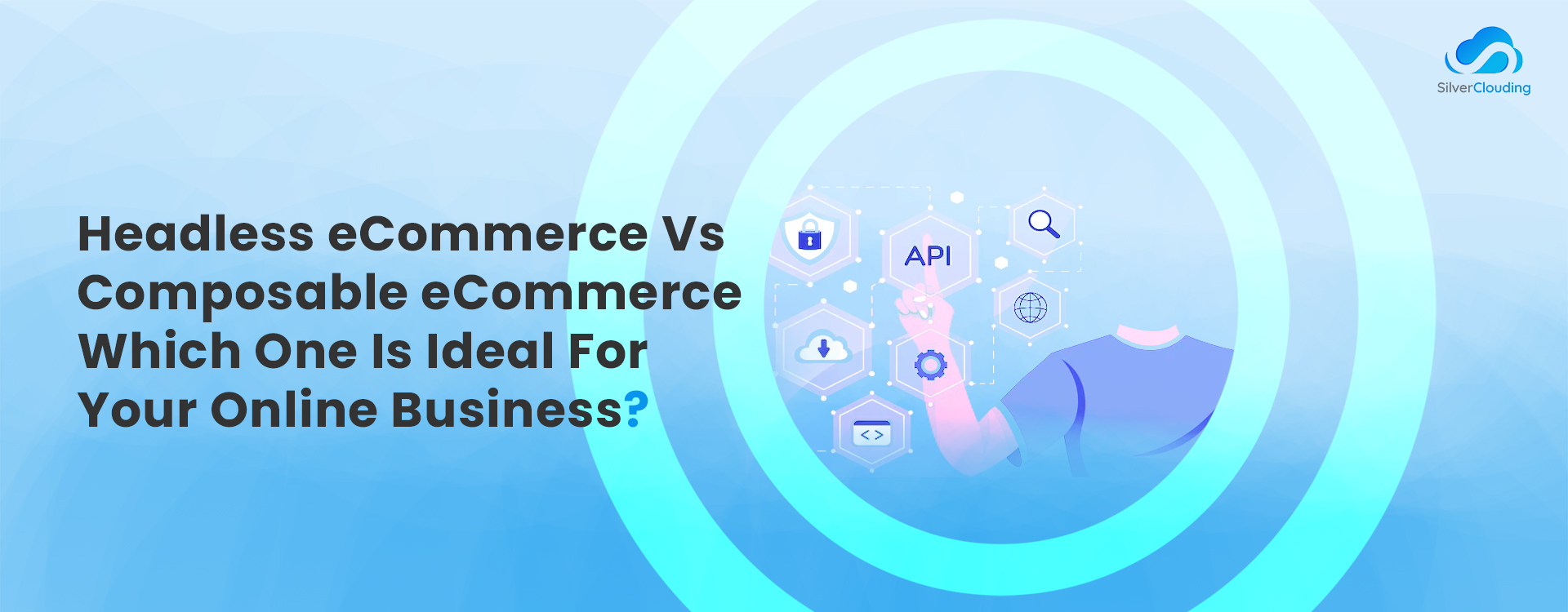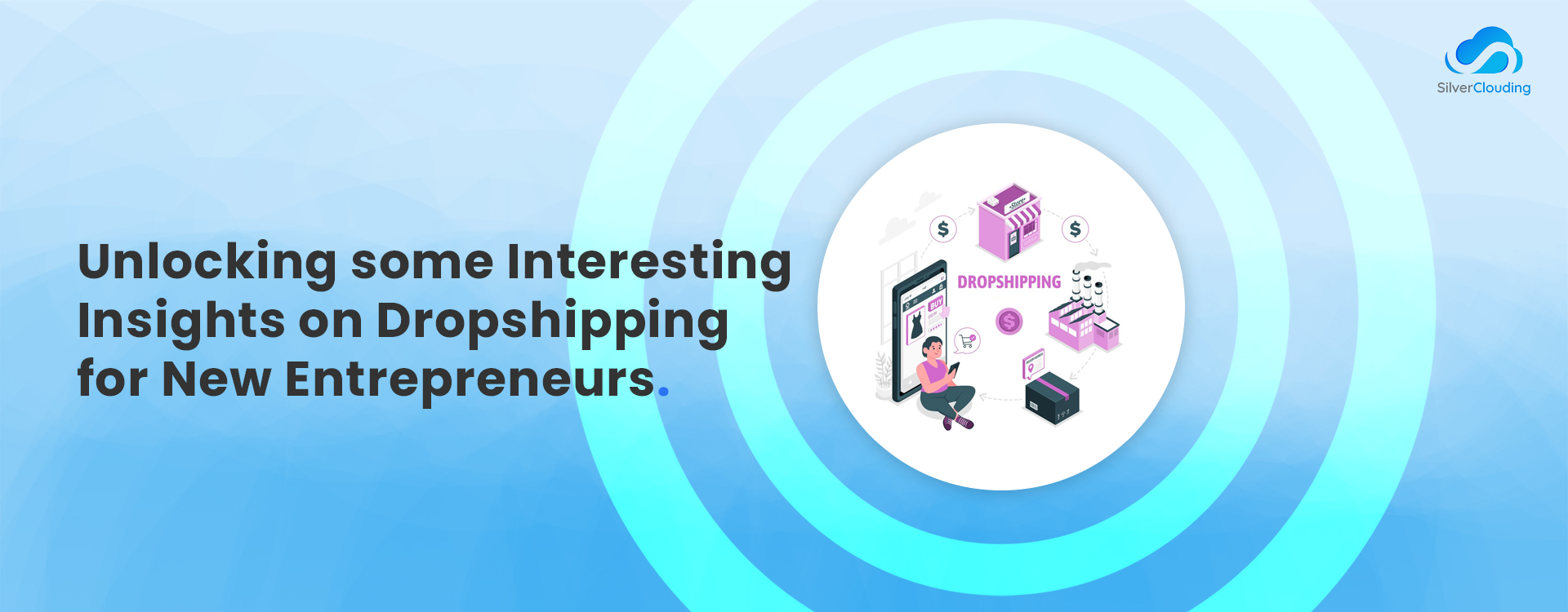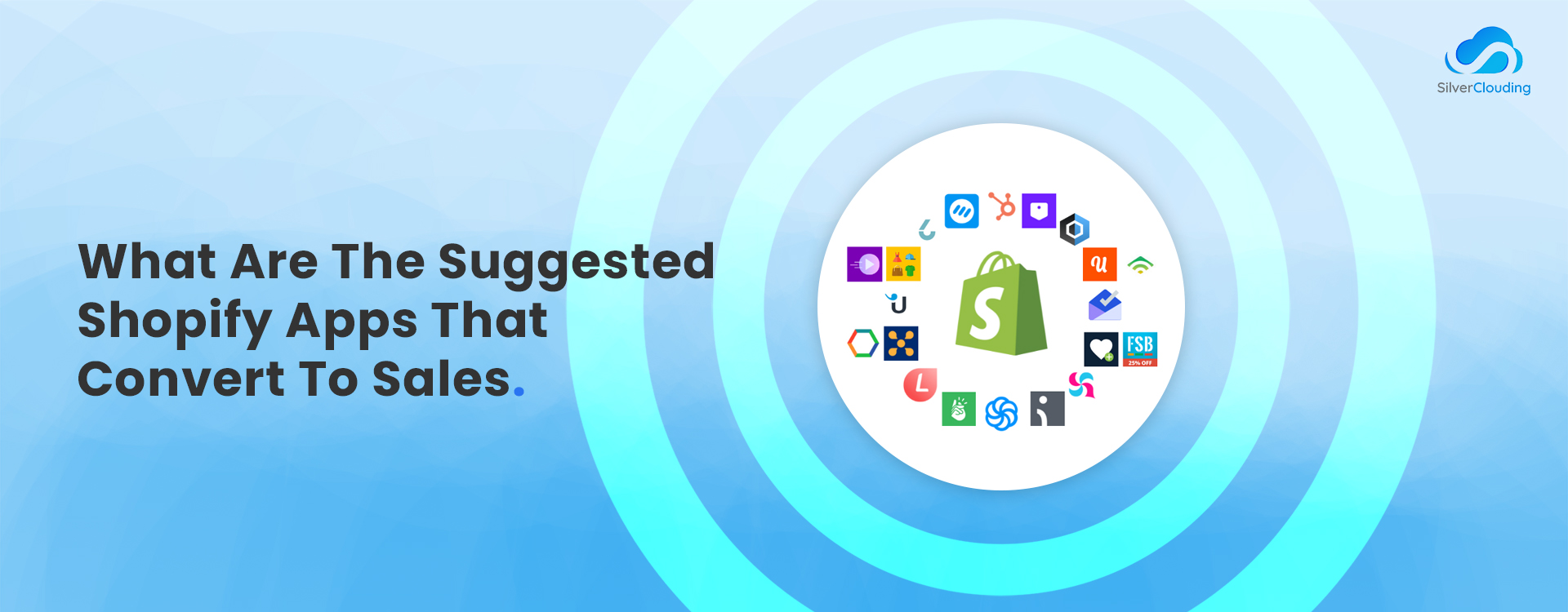Headless eCommerce Vs Composable eCommerce: Headless eCommerce was the fundamental technology that introduced the separation of front and backend services. Composable commerce offers eCommerce online retailers the chance to increase complete, end-to-end control over their client’s experience, choosing and implementing the services they need as and when they need them. Headless or Composable eCommerce helps assemble, arrange, or compose your own bespoke solution end-to-end.
What is Headless eCommerce?
It is the term that most people have heard of. Headless eCommerce separates the frontend delivery part of your eCommerce setup (the part that your customers experience) and the backend service provision (checkout, catalog, etc.).
This separation allows them to operate independently of each other, meaning that the backend is not reliant on a frontend built in the same language or framework to deliver services. Instead, API calls facilitate communication and send instructions between the two ends.
Headless eCommerce Benefits
There are multiple benefits to using both content-led and commerce-led eCommerce strategies:
- Flexibility and familiarity for frontend developers.
- Advanced technologies to create visionary, fast websites.
- Complete ownership over site architecture.
- Speed to market for omnichannel and international GTMs.
- Marketing effectiveness for effectiveness without hurting backend processes.
- Conversion rates and lower customer acquisition costs.
Headless eCommerce Use Cases
Whether you prefer Drupal, WordPress, Bloomreach, some other CMS/DXPs, PWAs, or, Adobe Experience Manager for B2b or B2C platforms, you must have your custom-built solution with leading technologies like Gatsby — headless commerce works in just about any use case.
You need an API connection to decouple the platform’s presentation layer and plug the outlet into where you need it to produce.
The most public reasons for using a decoupled SaaS eCommerce platform in combination with a different front-end solution are:
- PCI compliance mitigation: Less work for IT groups, as the SaaS provider takes on the hazard.
- Checkout fraud protection and security: Same as above.
- Open architecture and extensibility: Utilize pre-built integrations with ERPs, CRMs, and more, or a custom build your own with additional SDKs and APIs.
What is Composable eCommerce?
The core of composable commerce is optimizing your commerce ecosystem by using distinct, API-connected modules, each targeting a particular business condition.
Composable commerce operates under three guiding rules:
- Modular architecture generates flexibility through the use of microservices.
- Business-centric solutions empower you with tools to address your specific business needs.
- The open ecosystem provides you with proper support, guidance, and integrations for crafting your solution.
This term, first struck by Gartner, is so-named because it allows you to put together, place, or compose your own bespoke solution end-to-end.
Composable commerce is perfect for businesses with a well-developed and full tech stack but needs more power over the consumer across multiple touchpoints.
From the eCommerce services, B2B or B2C, you spread behind the scenes to how your customers experience your brand, composable commerce puts your in-house teams in the driving seat, orchestrating the customer experience end-to-end, rather than being overly dependent on your commerce platform vendor to pull off backend services for you.
Composable eCommerce Benefits
Flexibility & Freedom
Composable commerce enables businesses to select the pieces that go into their e-commerce stacks. This increased flexibility is crucial for both the back-end architecture and front-end experience. It means choosing the top-quality tools to accompany an e-commerce answer or building a front-end interface.
Omnichannel Experiences
Nowadays, customers don’t only shop on one stream. The client journey can pair multiple channels, both in-store social media platforms, online, and different IoT devices. Businesses must bring omnichannel experiences to their clients, and composable commerce eases that.
API-based Architecture
APIs are the foundations of modern commerce inaugurals. They modify best-of-breed technologies to combine into one system and create commerce happenings for almost any channel.
An API-based architecture is another primal benefit of composable commerce as its future proof. New channels and technologies are simply opportunities for e-commerce businesses and not hindrances.
Cost Reductions
Composable commerce can cut down the costs for e-commerce stores by helping to forbid vendor lock-in and allowing these businesses to choose only the software tools they need. Also, composable commerce makes it easier to incorporate no-code tools that reduce the resources necessary for modern stores to deliver the commerce experiences customers needs.
The e-commerce world is swapping, and businesses need to be able to build their e-commerce stacks as they see fit.
Requirements for Composable eCommerce
Three key rules are essential for composable commerce.
- Business-centric Focus: Composable commerce should enable e-commerce companies to respond quickly to changes, be innovative, and meet critical requirements.
- Modular Architecture: Components of composable commerce must be modular, meaning they can be interchanged as required. If you’re unsatisfied with one component, it can be shifted out for another without issues.
- Open Ecosystem: Composable commerce is the antithesis of the full commerce solution. An open ecosystem should facilitate easy combinations and doesn’t lock you into a specific vendor.
Headless eCommerce Vs composable eCommerce, what’s the difference?
These terms are frequently used interchangeably or to refer to headless eCommerce in general. But headless, and composable commerce each refer to specific technologies, and it’s necessary to understand how they link to each other. It’s helpful to think of these three terms as designating various stages in your headless commerce journey.
First, you’ll need a great general perceptive of headless commerce. Hopefully, the definitions here have given you a greater understanding and insight into headless commerce overall.
In the End, Composable eCommerce Wins.
As Gartner has stated, the future of competition is based on a business’s quality to compose a finer experience than the competition. Reducing resource dependencies and flexibility of the composable commerce approach provides a more superficial business adoption.
References:
https://www.divante.com/blog/composable-commerce-is-what-comes-next-after-headless
https://composable.com/headless-commerce-vs-composable-commerce
https://aithority.com/technology/martech/what-is-composable-commerce-and-its-benefits/





instagram follower services
Normally I do not learn post on blogs, however I would like to
say that this write-up very pressured me to take a look at and do so!
Your writing taste has been amazed me. Thank you,
very nice post.
Chayan Biswas
Thanks a lot from Team SilverClouding.
free instagram followers fast
This is very interesting, You’re a very skilled blogger.
I’ve joined your feed and look forward to seeking more of your excellent post.
Also, I have shared your website in my social
networks!
Israel night club
Nice post. I learn something totally new and challenging on sites I stumbleupon everyday. It will always be helpful to read articles from other writers and use something from other sites.